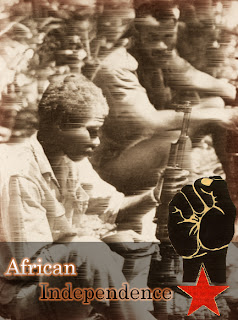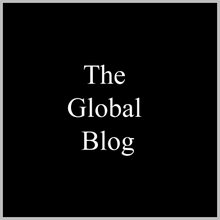African Independence

Africa has been a center for conflict ever since Europe made desperate grabs for land during the mid 1800’s.
Africa first came under European influence in the Industrial Revolution, specifically during the Scramble for Africa, a period from 1881 to the early 1900’s. European settlers, in search of raw goods and market for their booming cities traveled to Africa. Countries like Britain, France, Belgium, Portugal, Germany, Italy, and Spain led different campaigns into lush African territory, with each carving up their own spheres of influence. They constructed harsh borders, which viciously cut off the interaction between the Africans, their cultures, and their resources. These European countries relied on their African territories for raw goods and industry all throughout the first part of the 20th century. However, it became apparent during and after World War II, that Imperialism was a dying cause for many countries. Especially Britain, who had suffered the mutinies of the Indians, began to see their control over their overseas colonies more as a problem than benefit. Several factors began to add up to convince the Africans to break the barriers created by the Europeans. Gandhi was a very influential example. When Gandhi had made his extraordinary exhibit of independence from Britain in BLAH, other subjects of Britain strove for their own independence. African veterans of the second World War stressed how Britain had consistently spoke about protecting freedom, so they theorized that they should fight for their native land’s freedom too.
In the 1950’s, the Africans were ready for change. The feeling was there, but the ultimate success of this could not have been possible without the collaborative efforts of the people and various leaders. Taking cues from Mahatma Gandhi, was Kwame Nkrumah. He and his followers were greatly inspired by the non-violent protest values of the Indian leader, and applied it in gaining their own independence. He applied passive-aggressive methods to convince his controllers to free his people. He organized protests and boycotts, which tallied up positive results. In 1957, he had won Gold Coast’s independence, making it the first African country to liberate itself from Britain. It was named Ghana, after the great African empire that had once existed there. He wanted to rebuild the entire Africa as an “United States of Africa.” In doing so, he put forth rigorous plans to develop Ghana, but mostly importantly provided for neighboring African nations. This crippled the country financially, and when the army seized over the weakness of country, it has since then swayed between military and domestic control.
Another revolutionist of the African freedom movement was Jomo Kenyatta. He and the Mau Mau (who acted separately) were the leading forces in freeing the Northern highlands of Kenya from their white opposition. It was a rural community compromised of farmers. The Mau Mau, utilizing a form of terrorism, scared the farmers out of the region. Because of his alleged involvement with the Mau Mau, he was arrested, but then released in 1960 at the forceful request of the Kenya African National Union. 1963 was the year Kenya saw independence, and Kenyatta became its president.
The map provided on the blog page and the text book vividly addresses the explosion of European owned colonies into full-fledged nations. In only twenty years, the entire face of Africa had morphed into a new existence. Many African leaders have taken a role in the movement towards a new Africa, and like the map shows, virtually all had ended in success.


No comments:
Post a Comment